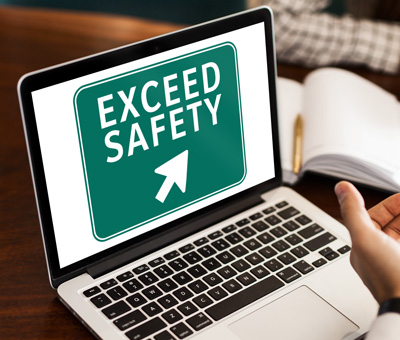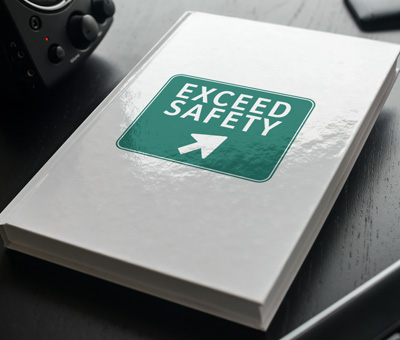In many workplaces, forklifts are indispensable tools, streamlining operations and significantly enhancing productivity. However, these powerful machines also pose serious risks if not operated correctly. Ensuring that forklift operators are well-trained and periodically refreshed on safety protocols is crucial for maintaining a safe workplace.
The Occupational Safety and Health Administration (OSHA) provides clear guidelines under Section 1910.178 for powered industrial trucks, emphasizing the necessity of refresher training. According to OSHA’s standards, specifically section 1910.178(I)(4), employers must provide refresher training for forklift operators in certain circumstances. This regulation is vital to maintaining high safety standards and reducing workplace accidents involving forklifts.
When is Refresher Training Required?
Refresher training is not a one-size-fits-all mandate but is required under specific conditions, including:
- Accidents or Near-Misses: If an operator is involved in an incident or a near-miss, it indicates potential gaps in their knowledge or lapses in safe operating procedures.
- Observation of Unsafe Operation: Supervisors must be vigilant in observing forklift operations. If unsafe practices are noticed, immediate corrective training is necessary.
- Changes in Workplace Conditions: The introduction of new equipment, changes in layout, or different environmental conditions necessitates refresher training to ensure operators are up-to-date with the latest safety protocols.
- Inadequate Performance Evaluations: If an operator does not meet the performance standards during evaluations, it signals the need for additional training.
Effective Refresher Training for Forklift Safety
To maximize the benefits of this training, the following components should be included:
- Practical Demonstrations: Hands-on practice with the equipment to reinforce safe operating procedures.
- Updated Safety Protocols: Information on new regulations or changes in safety guidelines.
- Performance Assessments: Regular evaluations to identify areas for improvement.
- Interactive Learning: Engaging training methods such as workshops, simulations, and interactive sessions to enhance retention and understanding.
- Feedback Mechanisms: Allowing operators to provide feedback on training sessions to continuously improve the program.
Implementing a Successful Refresher Training Program
- Develop a training schedule: Create a schedule that includes regular intervals for refresher training. This helps ensure that all operators are up-to-date with the latest safety practices.
- Customize training content: Tailor the training to address specific challenges and conditions of your workplace. This makes the training more relevant and effective.
- Utilize experienced trainers: Engage experienced and knowledgeable trainers who can provide practical insights and real-world examples to the trainees.
- Monitor and evaluate: Continuously monitor the effectiveness of the training program and make necessary adjustments based on feedback and performance data.
- Document training: Maintain detailed records of all training sessions, including attendance, content covered, and performance assessments. This ensures compliance with OSHA regulations and helps track progress.
- Provide online training resources:
- Leverage online training modules to supplement in-person sessions. You can access comprehensive forklift safety training through Exceed Safety’s online course offerings.
The Benefits
Implementing regular refresher training programs not only complies with OSHA regulations but also enhances workplace safety by:
- Reducing the risk of accidents and injuries.
- Ensuring operators remain knowledgeable about current safety practices.
- Improving overall operational efficiency and productivity.
- Promoting a culture of continuous learning and safety awareness.
By prioritizing refresher training, employers can create a safer work environment and ensure compliance with OSHA standards. Regular training not only enhances safety but also boosts morale and productivity by demonstrating a commitment to employee well-being. For more detailed information on OSHA’s forklift safety regulations, visit OSHA’s official website.
Originally posted: June 2024








